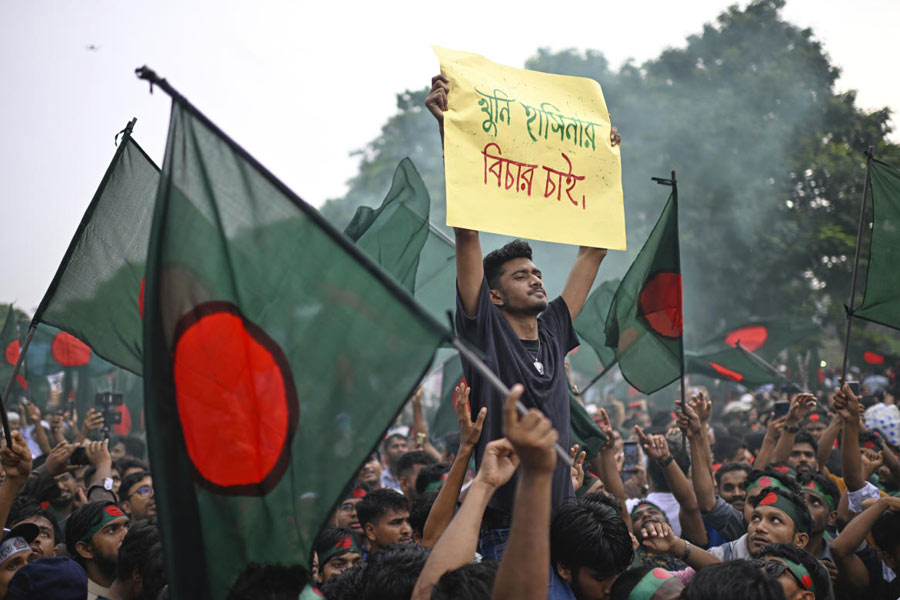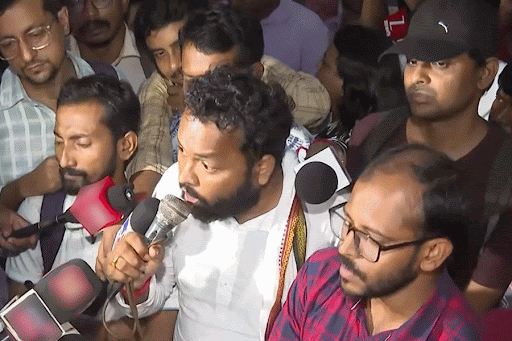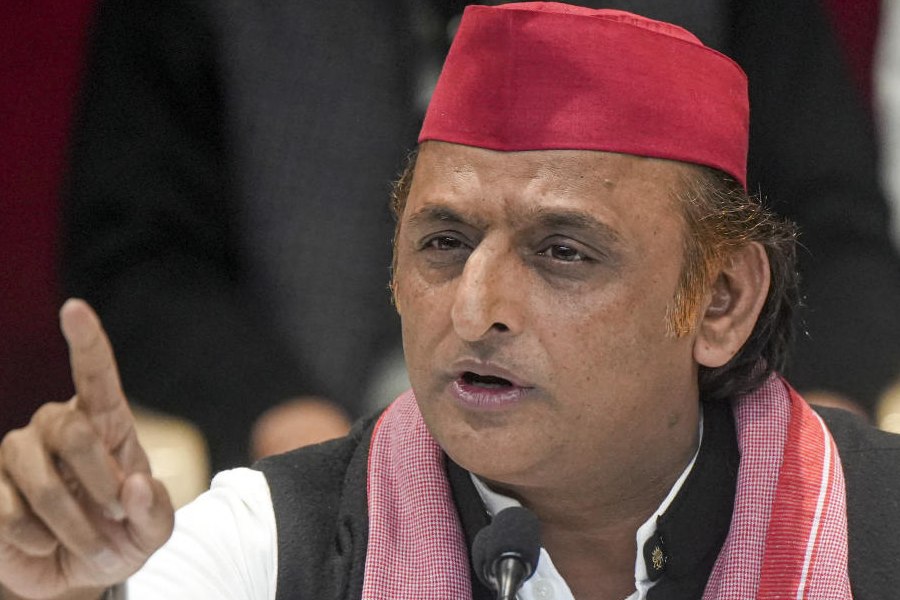-
.jpg)
A view of the Chand Minar in Daulatabad Fort
It's an unusual mix of the old and the new. Aurangabad is, in many ways, a typical middle-sized city in India. Glitzy malls are springing up and tallish buildings are ever changing the city's skyline. But amidst the modern booming metropolis, Aurangabad also has its place in the history book as the relatively forgotten city of the Mughals.
Once a medieval town called Kharki that later morphed into Fatehnagar, Aurangabad got its present moniker when Prince Aurangzeb, as the Deccan viceroy, made it his capital in 1653. He built a wall around the city, which still stands and separates the old town from the new. There are darwazas too — about eight of the original 52 survive.
The most famous monument here is of course Bibi Ka Maqbara. Also known as the Deccan Taj, the mausoleum was probably commissioned by Prince Azam Shah in memory of his mother, Rabia-ul-Daurani, wife of Aurangzeb. Historians say it was built between 1651AD and 1661AD and was meant to rival the Taj Mahal.
-
.jpg)
A bidri work vase with intricate inlay work in beaten silver
At first glance, it's possible to mistake Bibi Ka Maqbara for the Taj. It stands tall within a huge enclosure complete with minarets, domes and the char-bagh garden layout. The base and dome are made of marble, the rest is plastered basaltic stone. As I got closer, I admired the craftsmanship and the lovely minakari-esque trelliswork on the ceiling and walls. The actual tomb inside is covered with bright velvet cloth, and strangely enough, money dropped by visitors.
Our next stop, Panchakki, demonstrates Mughal engineering skills. The 17th century water mill, built beside a dargah, channelled hydro energy from a river 6km away through underground pipes to run a flour mill for pilgrims. The mill still runs but its courtyard has become a hangout for locals. Devotees sat around chatting, while children were busy throwing puffed rice in the reservoir for a thriving school of fish.
An auto ride through the verdant campus of Dr. Babasaheb Ambedkar Marathwada University brought us to Soneri Mahal. Built by Pahar Singh, a Bundelkhand chief under Aurangzeb, between 1651and 1653, the two-storeyed lime and stone palace stands out against the Satara mountain range. It's famous for the pure gold-water paintings that used to adorn its interiors. Now it's a small history museum.
-
.jpg)
Bibi Ka Maqbara is also known as the Deccan Taj and was built to rival the Taj Mahal in Agra.
In the evening, we headed to Gul Mandi. This is one of Aurangabad's oldest markets and it was buzzing with life and the festival crowd (this was just before Diwali). On sale was everything from clothes to crockery, shoes to bangles, and diyas to rangoli.
The Mughals left their mark on the city in more ways than one. The non-vegetarian foodie can head straight to the street stalls of Buddi Lane for kebabs and biryanis. For a more upscale experience, the kebab platter at Kareem's at Nirala Bazaar is worth dying for.
Aurangabad is famous for its bidri craft — exquisite silver inlay work in zinc and copper alloy. Also popular here is Himroo — a hand-woven silk-and-cotton fabric that reproduces the stunning motifs of Ajanta-Ellora as well as Mughal patterns. The shawls and saris are a must-buy. Paithani are traditional hand-woven silk saris famous for their gorgeous pallus. It takes three to seven months to weave one Paithani sari.
-

A weaver works on a Paithani sari
But our historical inquiries weren't over yet. And a visit to the Daulatabad Fort, about 16km away, the next day was a test of resilience. Built in the 11th century by a Yadav general on Deogiri Hill, the ground-cum-hill fort spreads over 95 hectares and was famous for its invincibility. It has three concentric fortifications, two deep moats, gates and bastions, and a rock-cut dark maze called andheri. This is followed by a steep climb up about 600 dark, bat-infested steps.
Trust Muhammad bin Tughlaq to like a place like this — the general shifted his capital here from Delhi in 1327 and named it Daulatabad. But once we'd wheezed our way to the top, the view was magnificent. The fort complex, Chand Minar (a 30m tall victory tower built in 1435 by Ala-ud-din Bahmani is the second highest tower in India) and the town spread out below.
-

Not to scale. Map by Nilratan Maity
The next stop was Khuldabad, about 26km away. Aurangzeb's tomb lies here in the revered Zainuddin Shirzai Dargah, according to the emperor's wishes. The simple grave is strewn with rose petals and has a basil plant growing on it. A marble plaque enumerates the emperor's titles while carved marble screens stand on three sides.
The muezzin's call for the faithful wafted through the air as I came out of the dargah. Cobbled alleys, old houses with jharokhas and stone latticework, peddlers hawking bead necklaces, carts selling delicious custard apples or roasted peanuts — I'd been transported to a different century. And it was magical.
READY RECKONER
Getting there: Aurangabad is well-connected by trains and flights from major cities.
Where to stay: There are hotels to suit all budgets. Vivanta by Taj is a luxe option.

.jpg)








